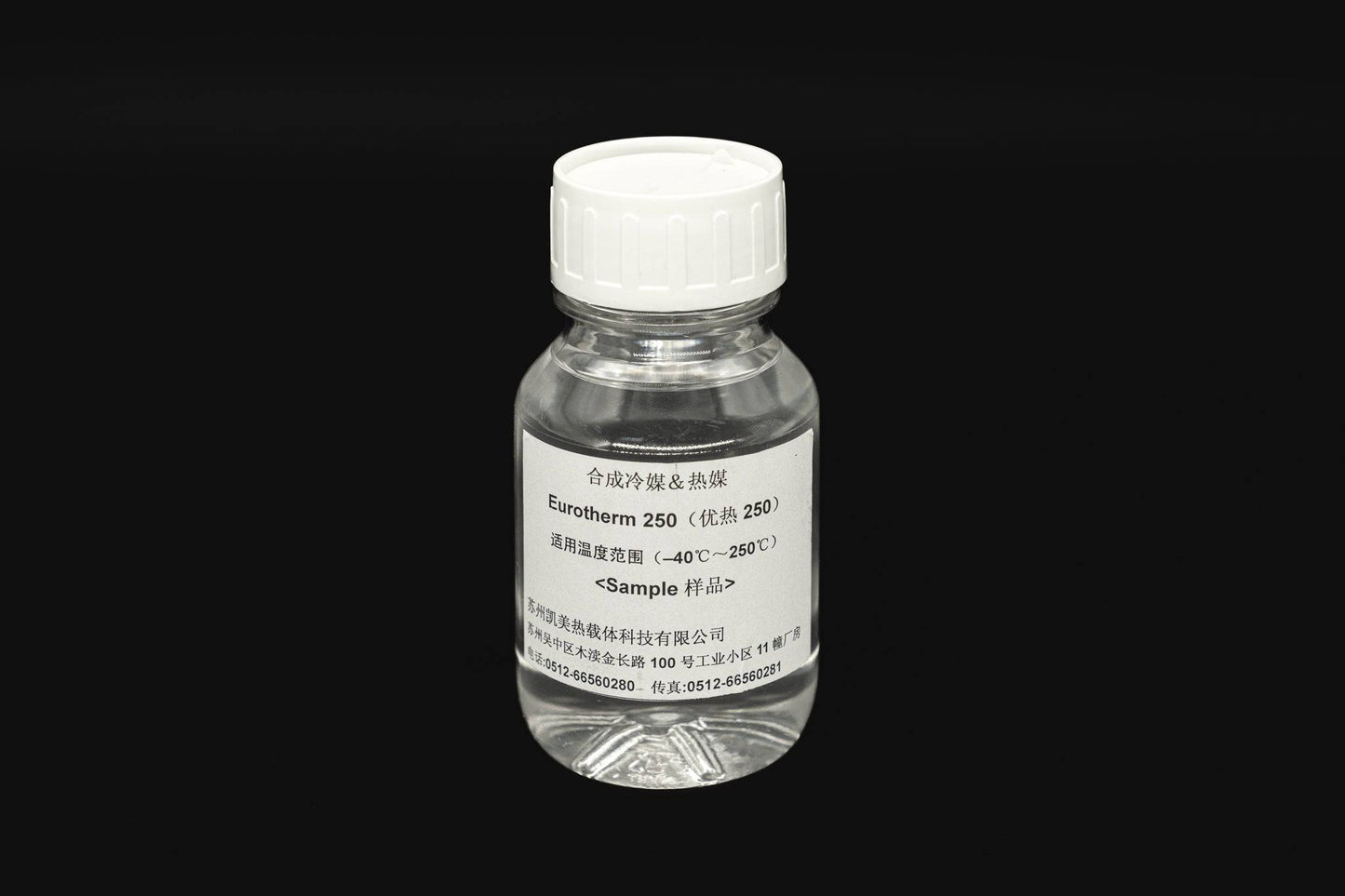The Definitive Guide for Chemie
The Definitive Guide for Chemie
Blog Article
Our Chemie PDFs
Table of ContentsChemie Fundamentals ExplainedThe Buzz on ChemieThe smart Trick of Chemie That Nobody is Talking AboutGetting My Chemie To WorkExamine This Report about ChemieThe Best Guide To Chemie
(https://chemie999.weebly.com/)Measured adjustment in electrical conductivity of fluid examples as a feature of time when stirred with the resin sample in the closed indirect air conditioning loop experiment. Figure 6 shows the adjustment in the gauged electrical conductivity of the fluid examples when mixed with the resin example. The conductivity of the water sample from the shut loophole experiment minimized by roughly 70% from 11.77 S/cm to 3.32 S/cm in six hours.These results suggested that the ability of the material relies on the test liquid made use of for the experiment. This shows that various ions existing in the fluid will certainly lead to various ion exchange ability of the fluid. Consequently, calculating the ion exchange resin ability with the fluid example from the actual cooling loophole is essential.
Getting My Chemie To Work
As a result, an ion exchange material cartridge containing 20g of Dowex blended bed resin may take on order 938 days to fill. To put it simply, to keep a low electric conductivity, a material cartridge with the measurement and weight specification as that of the resin cartridge used in the experiment, require to be changed every 30 months for the cooling system that was utilized in the experiment
The air conditioning of digital components has actually become a significant obstacle in current times as a result of the advancements in the style of faster and smaller sized parts. As an outcome, various cooling technologies have actually been established to efficiently remove the heat from these components [1, 2] Making use of a fluid coolant has actually come to be appealing because of the higher warm transfer coefficient accomplished as compared to air-cooling.
The Definitive Guide to Chemie
A solitary stage cooling loop is composed of a pump, a heat exchanger (chilly plate/mini- or micro-channels), and a heat sink (radiator with a fan or a liquid-to-liquid heat exchanger with cooled water air conditioning). The warm resource in the electronics system is attached to the heat exchanger.
The needs may differ relying on the type of application. Adhering to is a list of some basic requirements: Good thermo-physical residential properties (high thermal conductivity and specific warm; reduced thickness; high unexposed heat of dissipation for two-phase application) Low cold point and ruptured point (occasionally burst security at -40 C or reduced is required for shipping and/or storage space functions) High atmospheric boiling point (or reduced vapor pressure at the operating temperature) for solitary phase system; a slim desired boiling point for a two-phase system Great chemical and thermal stability for the life of the electronic devices system High flash factor and auto-ignition temperature (often non-combustibility is a need) Non-corrosive to materials of building and construction (metals as well as polymers and various other non-metals) No or minimal regulative restraints (eco-friendly, safe, and potentially naturally degradable) Economical The very best electronic devices coolant is a low-cost and harmless fluid with superb thermo-physical properties and a lengthy life span.
The Chemie Statements
The majority of these fluids have a non-discernible smell and are safe in instance of contact with skin or intake. As discussed previously, aliphatic PAO-based fluids have actually changed the silicate-ester liquids in a range of military electronic devices (and avionics) cooling applications in the last years. An additional class of prominent coolant chemistry is dimethyl- and methyl phenyl-poly (siloxane) or frequently called silicone oil.
Of all, these fluids are non-combustible and safe. Some fluorinated compounds have absolutely no ozone diminishing potential and various other environmental residential or commercial properties.
Ethylene glycol is anemic and practically unsmelling and is completely miscible with water. When properly inhibited, it has a fairly reduced corrosivity. This coolant is classified as harmful and must be dealt with and disposed of with care. The top quality of water made use of for the preparation of a glycol solution is extremely vital for the system.
About Chemie

This is a reduced price antifreeze remedy, finding usage in refrigeration services and ground resource warmth pumps - inhibited antifreeze. This liquid can be used down to -40 C owing to its reasonably high rate of warm transfer in this temperature range.
It is considered even more dangerous than ethylene glycol and as a result has actually found use just for process applications situated outdoors. Additionally, methanol is a flammable liquid and, thus, introduces a possible fire risk where it is kept, took care of, or used. This is a liquid option of denatured grain alcohol. Its primary advantage is that it is safe.
Chemie Can Be Fun For Anyone
As a flammable fluid, it needs certain preventative measures for managing and storage. Aqueous remedies of calcium chloride discover vast use as distributing coolants in food plants. It is non-flammable, non-toxic and thermally extra efficient than the glycol options. A 29% (by wt.) calcium chloride solution has a freezing factor listed below -40 C.

Report this page